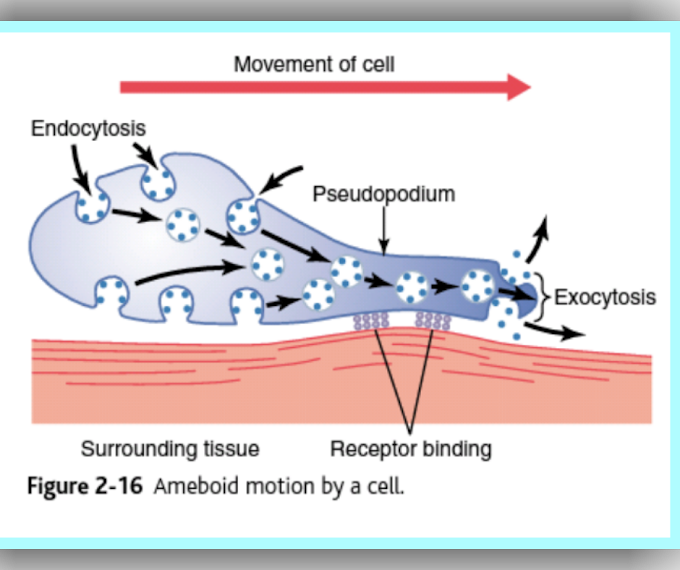SYSTEMATICS AND TAXONOMY
OF PARASITES
In general the world’s invertebrates, of which parasites make up a sizeable fraction, are not nearly as well-known as vertebrates. Many new species of protozoa, helminths, and arthropods are described every year. Indeed, with a not unreasonable amount of work, almost anyone, undergraduateb majors included, can find and describe a new species. Then the finder can pick the species name and be immortalized, through the name, in the parasitological literature. The monogenetic trematode Salsuginus thalkeni, for example, is named for a landowner who gave students permission to use his property for projects. Actinocephalus carrilynnae, a protozoan parasite of damselflies, was named in “honor” of a little sister by an older sister who threatened to “name a parasite after” her. Occasionally one hears parasitologists talk about naming parasites after politicians. But, in a more sober and dignified vein, a number of trematodes and tapeworms were named by Edward Adrian Wilson and Robert Leiper in honor of members of the ill-fated Robert F. Scott expedition to the South Pole who died on the trip. Campbell’s story of that expedition is a compelling one, worth reading by any person who feels that scientific names are just biologists’ way of separating the Latin scholars from the rest of humanity.
Taxa (pl.; s. taxon) are groups, ranging from subspecies and species, to the increasingly inclusive genera, families, orders, classes, phyla, and kingdoms. Members of a taxon are considered to be related. Taxonomy, or the science of classification, is as vibrant an area of biology today as it was a hundred years ago. A good part of the activity is due to new techniques, especially molecular ones that have been adopted by taxonomists.
Parasitologists are constantly evaluating the criteria they use to make taxonomic decisions and reexamining the genus, family, and order groupings of animals they study. New molecular techniques have proven to be exceedingly powerful tools for resolving taxonomic problems. An excellent example of such resolution is use of 18S ribosomal gene sequences to provide evidence that myxozoans (chapter 11), often considered protozoans, were in fact cnidarians.30, 49 Cladistic analysis of nonmolecular myxozoan characters, including ultrastructure and spore development, seemed to establish a link with multicellular phyla, but the molecular data confirmed this relationship.
Systematists today are expected to employ such techniques, use them in phylogenetic studies, amd deposit DNA sequences in the globally available database GenBank. These sequences are assigned accession numbers and then become readily available to anyone with a computer and Internet access. In the case of new species descriptions, however, type specimens are also deposited in museums and assigned accession numbers but usually are not available for study except to qualified researchers.
Why is this work important? Taxonomy is a basic subdiscipline of biology. A scientific name carries with it massive amounts of information, some implied, some explicit, and all of value to ecologists, immunologists, epidemiologists, and evolutionary biologists. For example, a doctor or veterinarian cannot make a decision about treatment without knowing what kind of parasite is infecting a patient. And an epidemiologist looking for ways to control malaria or filariasis is stumped if unable to differentiate among species of mosquitoes.
Taxonomic criteria vary from parasite group to group. In the case of arthropods, skeletal morphology is still of primary importance. Classification of Platyhelminthes is based to a large extent on reproductive organs—primarily their numbers, sizes, and relative positions in the body, although more inclusive taxonomic groupings are now based mostly on ultrastructural and molecular characters. Nematode taxonomists also must focus on reproductive structures, including those at the posterior end of males, but arrangements of sensory papillae and other cuticular features, especially around the mouth, are also considered. Protozoan taxonomic characters include cyst morphology (amebas, coccidia), number and arrangement of flagella, and biochemical properties. Members of genus Leishmania, for example, are “typed” using a variety of molecular methods.
Molecular techniques used in systematics may involve isozymes (enzymes that catalyze the same reaction but whose genes encoding them occur at different loci), allozymes (enzymes coded for by alleles), RFLPs (restriction fragment length polymorphisms, or banding patterns produced on an electrophoretic gel by fragments of DNA resulting from restriction endonuclease digestion), or base sequence in DNA sequences for a variety of genes. All of these materials provide information on genetic makeup and thus may be used to characterize taxa. Comparison of base sequences also are used to construct phylogenies of both hosts and parasites, allowing parasitologists to study coevolution, colonization of hosts in the evolutionary sense, and biogeography of host-parasite associations.
Molecular parasitologists often can obtain identified material from the American Type Culture Collection in Manassas, Virginia, a living museum of microorganisms, including many species and strains of parasites. It is not only easier but also more advisable for experimental biologists to obtain described and documented organisms from such a collection than it is for them to do the taxonomy themselves. A parasitological ecologist, however, must be prepared to identify animals and to describe them if necessary. Thus, a researcher quickly becomes familiar with the massive body of literature, some of it published in obscure and foreign journals, that has accumulated since Linnaeus first described the sheep liver fluke Fasciola hepatica.






0 Comments